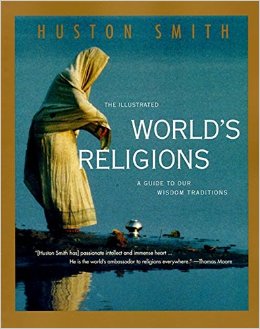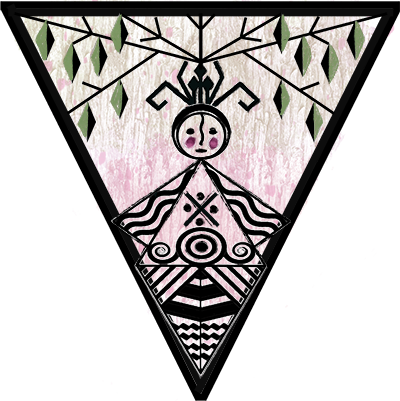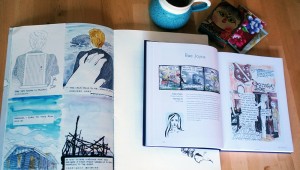 This book made a great impact on me. Like a few others before it, this came in my life at exactly the right moment: when I needed it, when I was prepared for the lesson.
This book made a great impact on me. Like a few others before it, this came in my life at exactly the right moment: when I needed it, when I was prepared for the lesson.
I studied a history of religions in high school, I remember, and it was one of my favorite subjects. It remained through the years one of my most dear topics of conversation, but I never really managed to get more into the depth of it.
Sure, I am a little embarrassed that I started now with the “illustrated” edition of this book, but this is the only one that I could find at my library. Also, for those who are converse in the field of religious studies, this book probably brings nothing new. But for others like me, who have a few ideas and a lot of interest, who never systematically studied the history of religions, I think this is an excellent point of start.
I have learned so much and such important things from this book that I find it more difficult that usual to summarize it in a short review.
I’ll share with you a few things.
In Hinduism there are two paths that a person can choose in life: (both are considered fine, but the first soon proves to be less fulfilling than other): the path of pleasure and the path of renunciation.
Ramakrishna, the Indian mystic who many thought insane, said what I believe to be one of the greatest truths: “God had made different religions to suit different aspirations, times and countries. All doctrines are only so many paths; but a path is by no means God himself. Indeed, one can reach God if one follows any of the paths with wholehearted devotion.[…] Bow down and worship where others kneel, for where so many have adored, the kind Lord must manifest himself.”
Buddha said that life is suffering but the suffering does end.
Muhammad said about war that women, children and the old are to be spared, as are orchards, crops and sacred objects. Apparently, he also raised the status of women in the middle east, by giving them the right to divorce when they wanted, by requiring that girls get a part of the inheritance along with boys, by asking that women are given a gift of gold when they marry, money that remains theirs in case of a divorce.
Jesus asked people to live carefree, like the flowers, like the birds.
I don’t know what more I can say, other than that this is a beautiful and essential book in which I am sure everybody will find truths that are pertinent to their beliefs, to their lives.
It took me a week to read it and every evening it provoked long discussions with my husband. I am going next for Mircea Eliade and his history of world religions, which was the first compilation of the kind to ever be realized and published. Mircea Eliade is Romanian and I should have started with him. But I am nonetheless happy to have read Huston Smith’s book. I think it opened my eyes and my heart a little more.



